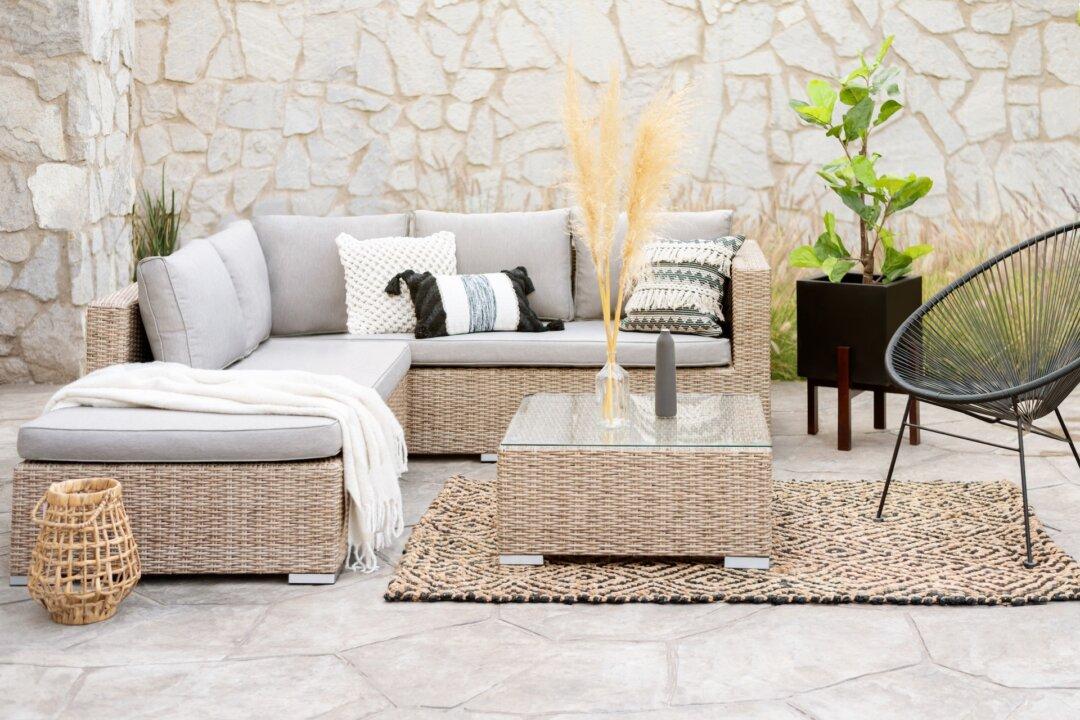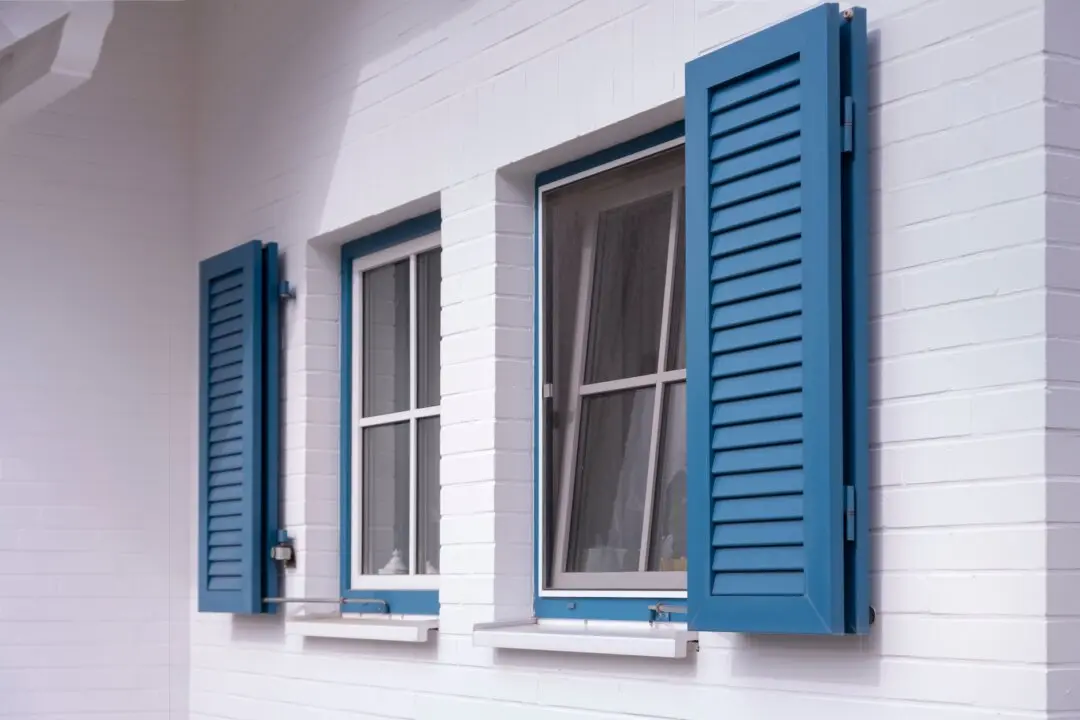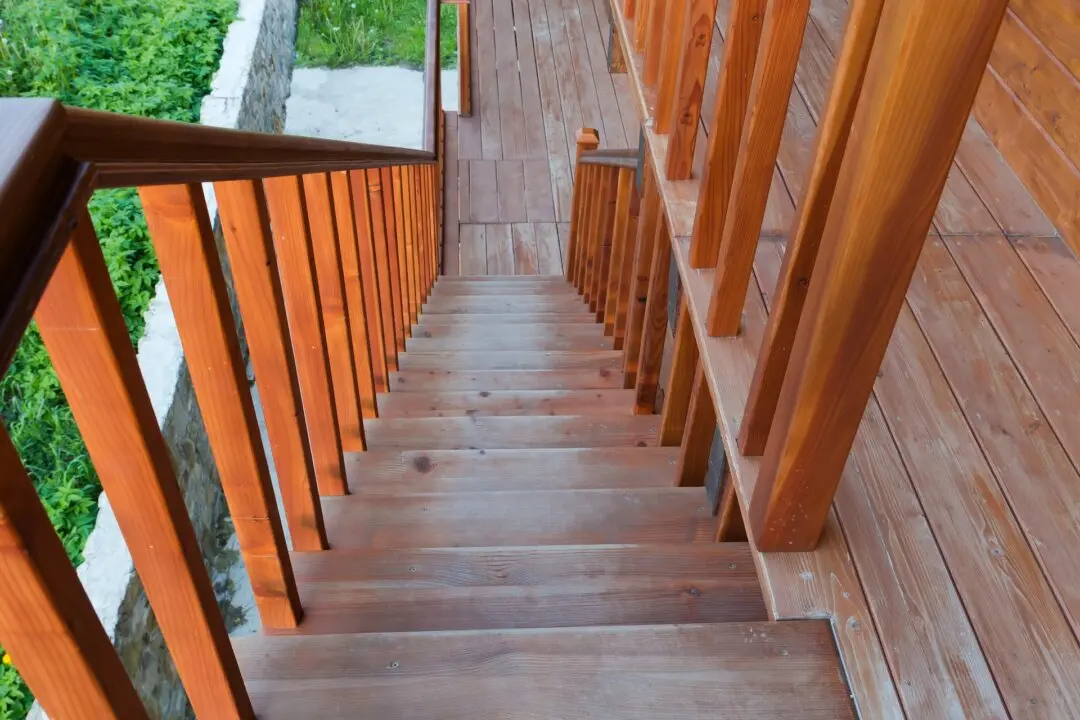Dear James: We have a deck, but would also like to build a patio near our flower gardens. What are some of the best patio materials to make a durable, attractive patio?—Emma D.
Dear Emma: The most common patio materials for do-it-yourselfers are brick, ceramic tile, stone, or pavers. The installation techniques do vary, as does the skill level for the various materials. Installing tiles will require the most precise planning and detail.





